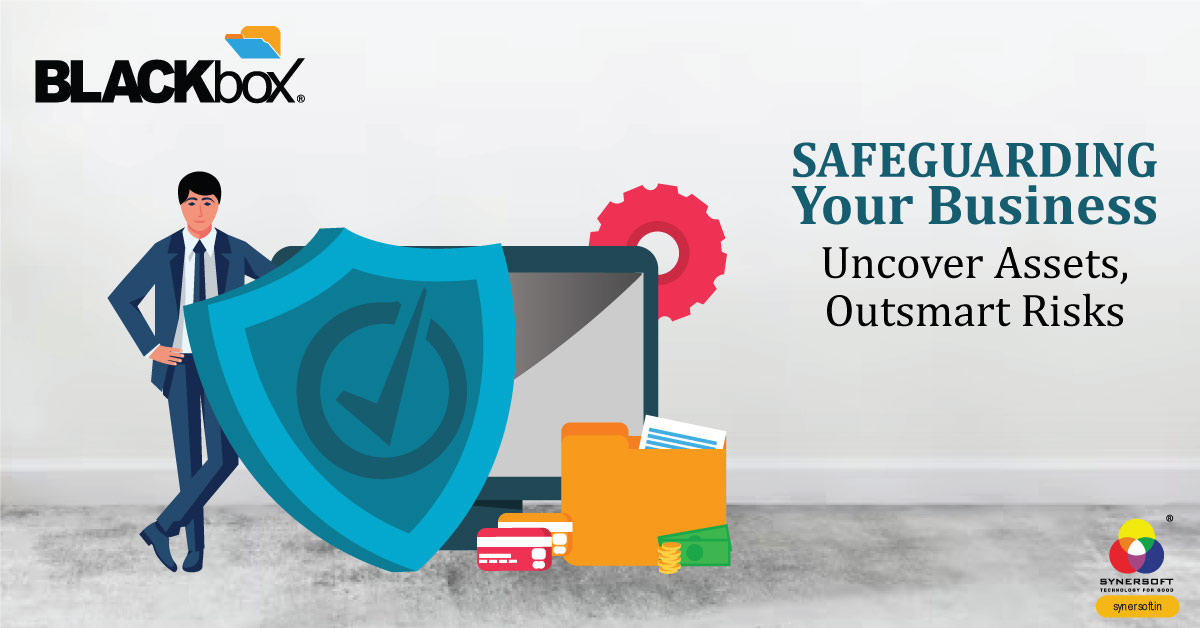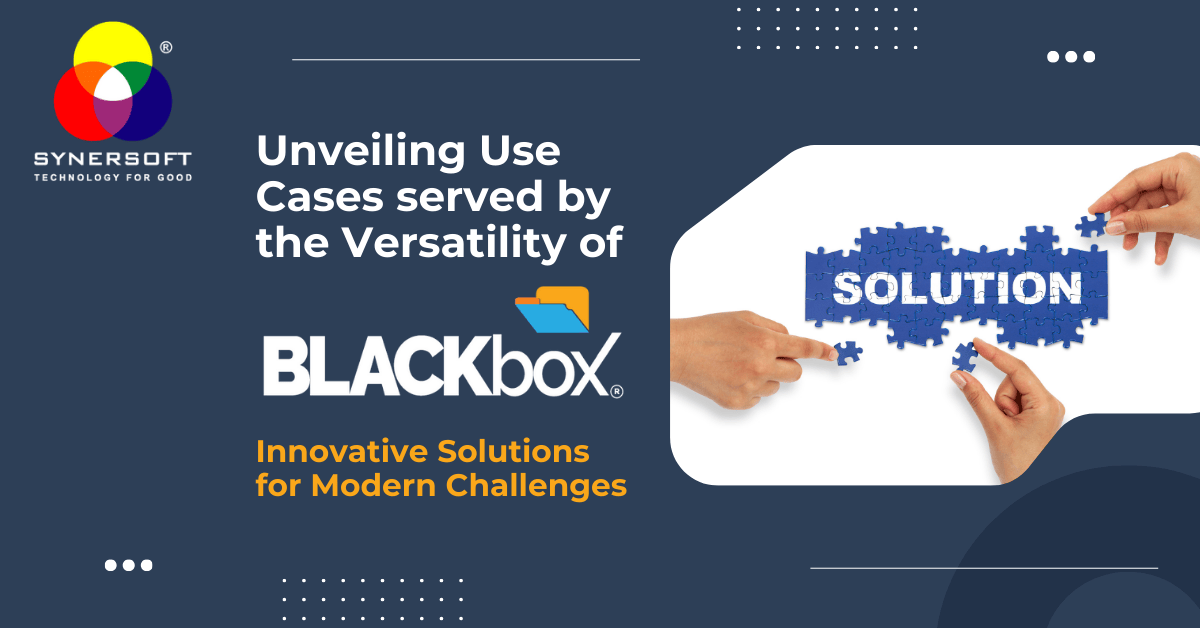Greetings,
The Unseen Risks often are ignored and can wreak havoc. This blog is written to aid SME readers in uncovering their Precious Assets (often ignored) and sensitize them to Risks.
Enterprises possess tangible assets like real estate, machinery, and office infrastructure, yet they equally own intangible digital assets such as technology, goodwill, and knowledge. As we delve deeper, I aim to unearth these digital assets, spotlight the lurking risks, and propose effective mitigation strategies.
Let’s delve into the uncovering of the first type of digital assets:
Your primary digital asset takes the form of ERP data. This data stems from singular ERP software systems like Tally, SAP, or proprietary solutions, or it could stem from multiple packages encompassing accounting, inventory, and CRM software. Typically stored as SQL or data files on servers, these files harbour the following competitively sensitive information about:
- Your Business Model
- Profitability, Sourcing, and Business Deal Terms
- Customer Data
- Financial Profile
- Salary Information of Key Employees
- Numbers on Operational Efficiencies
However, these data files face serious risks, including loss (deletion), destruction (disasters), or manipulation (viruses/ransomware). Any of these perils could paralyze operations. Moreover, the risk of theft or unauthorized access looms, potentially causing irrevocable competitive damage.
Practices to Outsmart These Risks:
- Automate ERP/data backups.
- Store backups off-site, avoiding direct cloud uploads; prefer VPN-enabled data centres.
- Maintain multiple backup versions for safeguarding against malware.
- Ensure responsible handling of backup media.
- Isolate the server storing these files from the internet, email software, and USB access.
Let’s delve into the uncovering of the second type of digital asset:
Your secondary digital asset comprises Designs, Drawings, Documents, and Spreadsheets. Generated using tools like AutoCAD, 3D modelling software, Word, Excel, or Solidworks, these files—DWG, DOC, XLS, PSD, CDR—are often scattered across servers, desktops, and laptops. These files encapsulate:
- Intellectual Property, Designs, and Technology
- Critical Calculations and Correspondence
- Confidential Customer Data Bound by NDAs
Yet, they encounter parallel risks: loss, destruction, manipulation, theft, or unauthorized access. These threats can jeopardize business continuity and fuel competitive setbacks.
Practices to Outsmart These Risks:
- Centralize data to avoid dispersion.
- Implement forced data centralization solutions.
- Restrict data-saving options to servers only.
- Consistently back up laptops, especially of key personnel.
- Follow the same backup protocol for ERP data, including off-site and VPN-based storage.
- Vigilantly guard email systems against breaches and data leaks.
Let’s delve into the uncovering of the third type of digital asset:
Finally, your third digital asset resides in your Email communications—your access to the world. Whether stored in email clients (PST files) or on cloud platforms like Gmail, these communications encompass commitments, disputes, agreements, and disagreements with vendors, employees, authorities, competitors, and customers.
They encompass:
- Written Correspondence
- Attachments
- Address Books
But the same threats persist—loss, destruction, manipulation, theft, and unauthorized access—imposing potentially dire consequences.
Practices to Outsmart These Risks:
- Establish a comprehensive email backup system.
- Retain local copies of cloud-based emails due to potential cloud vulnerabilities.
- Enforce stringent email communication policies to curb data theft.
- Control usage of BCC to prevent data breaches.
- Be cautious about password storage in email clients.
- Segment email storage to simplify restoration in case of loss.
This blog will help SME proprietors open the door to proactive solutions for uncovering and safeguarding their digital assets and adopting the aforementioned best practices to outsmart the underlying risks.








